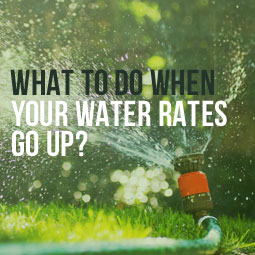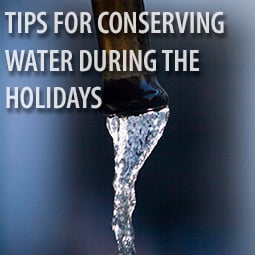 Just when you thought things were getting better, there is new reason for water-related consternation among Bay Area residents. We’ve been doing everything we can, indoors and around the yard, to conserve water during the years of drought. And we got good at it, too.
Just when you thought things were getting better, there is new reason for water-related consternation among Bay Area residents. We’ve been doing everything we can, indoors and around the yard, to conserve water during the years of drought. And we got good at it, too.
Now we’re going to pay for that. Literally. A number of water districts around the Bay Area have announced in recent months they intend to request increases in the rates they charge for water. They have high fixed costs, and at least some water utilities postponed infrastructure projects to cut costs during the drought.
It’s a Catch-22. Conservation saves water, but the less water customers use, the lower the utilities’ revenue. Without an increase in revenue, they cannot pay for fixed costs and improvements. So rates must go up. Just last month, East Bay MUD requested a whopping rate increase of 18% over two years. The California Public Utilities Commission (CPUC) will rule on that later this summer.
Let’s back up a minute
It was just this past February that the San Jose Water Company announced they would no longer penalize water over-users with financial penalties. SJWC serves about a million people in the San Jose/South Bay area. They said the drought surcharge – which was instituted in June of 2015 – was no longer needed because rains had finally boosted reservoir and groundwater levels.
Between 2013 and 2016, their customers reduced water usage by an impressive 29%. (Governor Brown had ordered a 25% reduction.)
Nonetheless, this spring SJWC requested a rate increase. As of June 9, the CPUC approved that request, so all SJWC customers can look forward to their water rates going up by 8.6%.
Whatever your personal take on this issue, it is clear that water rates will continue to rise. Specific pricing and allocation formulas may change, but water will cost more. The reality is that flood or drought, we will never be able to take water for granted again. And it feels as if nobody really “wins” when it comes to balancing conservation and rising rates.
Unless, of course, you go green with artificial grass
The years-long drought may be officially over, but the need to conserve and protect our water is no less important. Switching to synthetic turf for lawns and play areas makes the most long-term sense. Faux grass looks lovely and performs beautifully year after year, without need for water whatever the price. Except for the occasional rinse.
Making the move to artificial grass is nothing new. San Jose residents, businesses and public entities have installed synthetic grass in every type of location, for all types of aesthetic and functional reasons. Artificial grass allows you to save significantly on water – the average homeowner uses something like 56,000 gallons of water on their lawn every year. But you save in a number of other ways, too:
One of the most popular side benefits of switching to fake grass is saving time and money you would otherwise continue to spend slaving over your lawn. The time commitment and expense of mowing, trimming, fertilizing, pest control, etc. add up fast. You can also eliminate tracked-in mud and grass clippings. And save yourself, your family and pets from those annoying, biting yard pests.
With all that extra time and money on hand, you can stop fussing about water rates and turn your attention to something more fun – like concocting the perfect summer beverages to accompany your backyard activities and grilling adventures.












